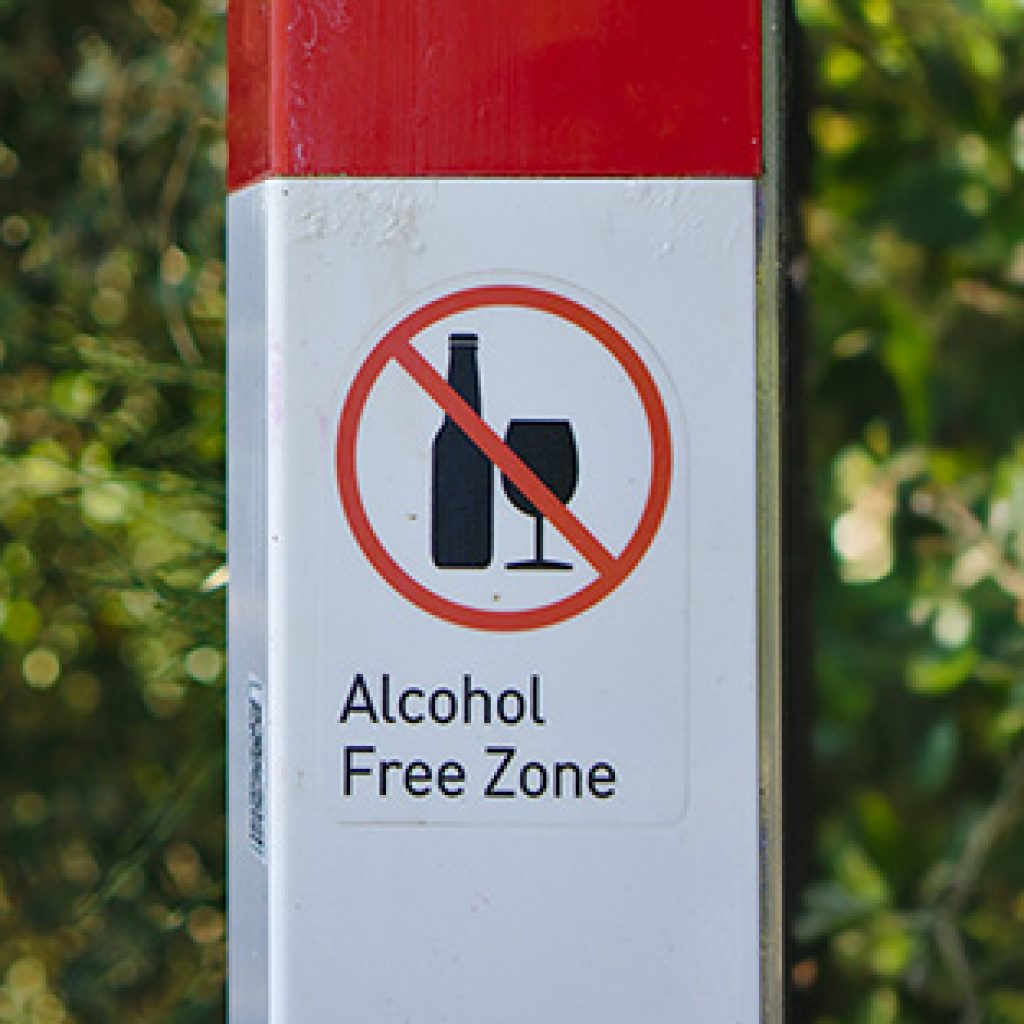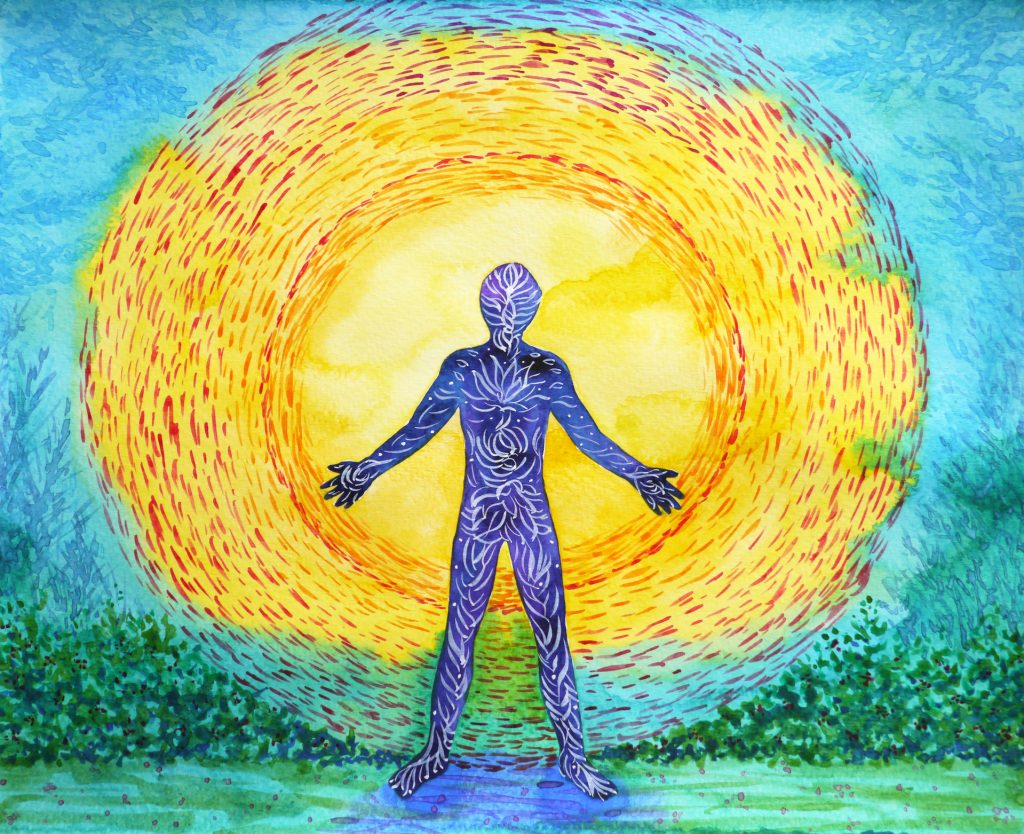5 Things You Need To Know About Child Abuse And Neglect
5 Things You Need To Know About Child Abuse And Neglect
#1: Definition of Child Abuse and Neglect
The legal definition of child abuse and neglect is outlined by federal law. “The Federal Child Abuse Prevention and Treatment Act (CAPTA), as amended and reauthorized by the CAPTA Reauthorization Act of 2010, defines child abuse and neglect as, at a minimum, “any recent act or failure to act on the part of a parent or caretaker which results in death, serious physical or emotional harm, sexual abuse or exploitation (including sexual abuse as determined under section 111), or an act or failure to act which presents an imminent risk of serious harm” (42 U.S.C. 5101 note, § 3)” (Child Welfare Information Gateway, 2019). A child is also a victim of “child abuse and neglect” and “sexual abuse” if identified as being a victim of sex trafficking. Most often, the applicable federal and state laws apply to parents of caregivers, do not include harms caused by others (though other laws may apply). “Some State laws also include a child’s witnessing of domestic violence as a form of abuse or neglect (Child Welfare Information Gateway, 2019).
#2: Scope of the Problem
The Centers for Disease Control and Prevention (CDC) website Child Abuse and Neglect Prevention and the CDC video Child abuse and Neglect are a great way to get some quick facts. The CDC web page on Preventing Child Abuse & Neglect explains the issue and the scope of the problem:
- Child abuse and neglect are common. At least 1 in 7 children have experienced child abuse and/or neglect in the past year, and this is likely an underestimate. In 2018, nearly 1,770 children died of abuse and neglect in the United States.
- Children living in poverty experience more abuse and neglect. Rates of child abuse and neglect are 5 times higher for children in families with low socio-economic status compared to children in families with higher socio-economic status.
- Child maltreatment is costly. In the United States, the total lifetime economic burden associated with child abuse and neglect was approximately $428 billion in 2015. This economic burden rivals the cost of other high-profile public health problems, such as stroke and type 2 diabetes.
In addition to the physical, emotional and psychological problems they cause, child abuse and neglect and other Adverse Childhood Experiences (ACEs) can impact long-term health if left untreated. Increased risk of injury, future violence (victimization and perpetration), substance use disorder, sexually transmitted diseases, and lower educational attainment are all potential consequences of untreated child abuse and neglect. Chronic abuse may even result in toxic stress, resulting in altered brain development and increased risk for post-traumatic stress disorder and difficulties in learning, attention, and memory (Content source: National Center for Injury Prevention and Control, Division of Violence Prevention).
#3: Types of Child Abuse and Neglect
While each State provides its own definition of child abuse and neglect, most States accept four primary forms of maltreatment:
- Physical abuse – nonaccidental physical injury by a parent, caregiver, or other person accountable for a child.
- Neglect – failure by a parent or caregiver to provide for basic needs (physical, medical, educational, and/or emotional).
- Sexual abuse – activities, defined by CAPTA as “the employment, use, persuasion, inducement, enticement, or coercion of any child to engage in, or assist any other person to engage in, any sexually explicit conduct or simulation of such conduct for the purpose of producing a visual depiction of such conduct; or the rape, and in cases of caretaker or interfamilial relationships, statutory rape, molestation, prostitution, or other form of sexual exploitation of children, or incest with children”(42 U.S.C. § 5106g(a)(4))” (Child Welfare Information Gateway, 2019).
- Emotional or psychological abuse – patterns of behavior that impair emotional development or self-worth.
Some states also include abandonment, some forms of parental substance use, and human trafficking involving children. One important fact is that State laws require certain professionals, such as teachers, physicians, or behavioral health providers to report child maltreatment. A separate fact sheet, Mandatory Reporters of Child Abuse and Neglect, is available with information about state laws for mandatory reporters. To access the statutes for a specific State or territory, visit the State Statutes Search.
#4: Signs and Symptoms of Child Abuse and Neglect
In recognizing child abuse and neglect it is important to consider high-risk situations as well as the signs and symptoms. While a child may directly or indirectly disclose that they have been abused or neglected, more often suspicious signs, symptoms, or situations alert adults to the possibility of child abuse and neglect. General signs that indicate a child may need help include the following (A more complete list of signs and symptoms of possible child abuse and neglect can be found in the Preventing Child Abuse and Neglect Factsheet.):
A Child exhibits:
- Sudden behavior changes or changes in school performance,
- Parents have been informed of physical or medical issues but have not addresses them,
- More compliance, passivity, or withdrawn behavior than usual,
- Lack of adult supervision.
A Parent:
- Exhibits lack of concern for the child,
- Has inappropriate expectations for the child’s physical or academic functioning,
- Asks that teachers or other caregivers use severe physical discipline for behavior mistakes.
Both Parent and Child:
- Rarely look at or touch each other,
- Have a negative relationship,
- Say they do not like each other on a regular basis.
Signs of physical abuse can include a child showing unexplained injuries, fading bruises, reports of injuries by a parent or other adult caregiver, while the parent or caregiver offers contradictory or no explanation, lack of concern for the child, or is known to use harsh physical discipline.
Neglect may be a possibility if a child is often absent from school, is usually dirty with has unclean body odors, is dressed inappropriately for the weather, and the parent seems indifferent, apathetic, or behaves irrationally.
Sexual abuse may be a possibility if a child has bleeding bruising, or swelling in the genital area, says they experience nightmares or bedwetting, while the parent talks to the child about his or her personal problems or relationships, invents excuses to be alone with the child, or rejects the adult role and tries instead to be the child’s friend.
Emotional maltreatment may exist if a child is either overly compliant or demanding, very passive or very aggressive while the parent or adult caregiver continuously criticizes, belittles, berates, or rejects the child.
#5 How to Handle Child Abuse Disclosures
Childhelp is an organization with programs and services to help end child abuse and neglect. They have produced a web page and PDF entitled Handling Child Abuse Disclosures to help adults listen and act in a way that supports a child and keeps him or her protected when disclosing child abuse. A few of the issues or topics that the website and document covers are:
- The types of disclosure an adult may encounter when a child talks about abuse in their lives
- Recognizing the clues a child might provide that abuse is or has happened to them
- How best to support the child to enable him or her to disclose information about abuse.
- What to say (and not say) and do during the disclosure to make the child feel safe and reassured, how to listen without judgment or assumptions, and to respond without interrogating or implying that the child is to blame.
Child abuse and neglect are preventable and treatable, and when children have safe, stable, nurturing relationships and environments free of abuse and neglect, everyone benefits. For more information about how behavioral health professionals and others can improve treatment and prevention of Adverse Childhood Experiences, please refer to the Catalyst blog post Adverse Childhood Experiences: A Public Health Crisis That is Treatable and Preventable and related posts that touch on ACEs.
Child Abuse and Neglect Resources
CDC Child Abuse and Neglect Resources; CDC has developed technical packages to help states and communities take advantage of the best available evidence to prevent child abuse and neglect, as well as sexual violence. CDC has also produced a resource, Preventing Adverse Childhood Experiences (ACEs): Leveraging the Best Available Evidence, to help states and communities take advantage of the best available evidence to prevent ACEs. It features six strategies from the CDC Technical Packages to Prevent Violence. Learn more about how you can get started implementing the technical packages in your violence prevention work.
The National Child Traumatic Stress Network’s factsheet What Is Child Traumatic Stress? defines child traumatic stress and provides an overview of trauma, trauma signs and symptoms, and how trauma can impact children. Find more resources that strive to raise the standard of care and improve access to services for traumatized children, their families, and communities on the National Child Traumatic Stress Network.
Stop It Now! is a website that provides parents and other adults with resources to help prevent child sexual abuse. The site offers direct help to those with questions or concerns about child abuse, prevention advocacy, prevention education, and technical assistance and training.
The American Academy of Pediatrics’ The Resilience Project gives pediatricians and other health-care providers the resources they need to more effectively identify, treat, and refer children and youth who have been maltreated as well as promotes the importance of resilience in how a child deals with traumatic stress.
Child Abuse and Neglect Training Opportunities
CASAT Training: Breaking the Silence: A Conversation with Lori Poland – Webinar
October 14, 2020 Time: 8:30 AM – 10:30 AM
Featured Speaker: Lori Poland, MA, LPC, RRT, Founding Executive Director, EndCAN
Lori is a mental health therapist and CEO of The National Foundation to End Child Abuse and Neglect (EndCAN). In this powerful session, presenter Lori Poland will share her personal story and discuss how she went from surviving to thriving. Lori will also address steps that professionals can take to prevent maltreatment and how to partner with local agencies to improve outcomes for children who have experienced maltreatment. There will be a designated time for Q&A where Lori will address questions from the audience. During the session, participants are strongly encouraged to submit questions for Lori to address.
Do you have resources or experiences about child abuse and neglect to share? Please post in the comments below.
References
Child Welfare Information Gateway. (2019). What is child abuse and neglect? Recognizing the signs and symptoms. Washington, DC: U.S. Department of Health and Human Services, Administration for Children and Families, Children’s Bureau.
Blog Post Tags:
Related Blog Posts
Related Learning Labs
Related Resources
.
- Buscar Tratamiento de Calidad para Trastornos de uso de Sustancia (Finding Quality Treatment for Substance Use Disorders Spanish Version)
- Finding Quality Treatment for Substance Use Disorders
- Focus On Prevention: Strategies and Programs to Prevent Substance Use
- Monthly Variation in Substance Use Initiation Among Full-Time College Students
- The National Survey on Drug Use and Health (NSDUH) Report: Monthly Variation in Substance Use Initiation Among Adolescents









Thanks for a well-explained article. I liked how you discuss the things that we needed to know when it comes to child abuse and neglect. It is important to consult a child psychologists Newcastle if you see that a child shows signs and symptoms of child abuse and neglect.
Thank you so much and we are glad you found the post full of useful information!